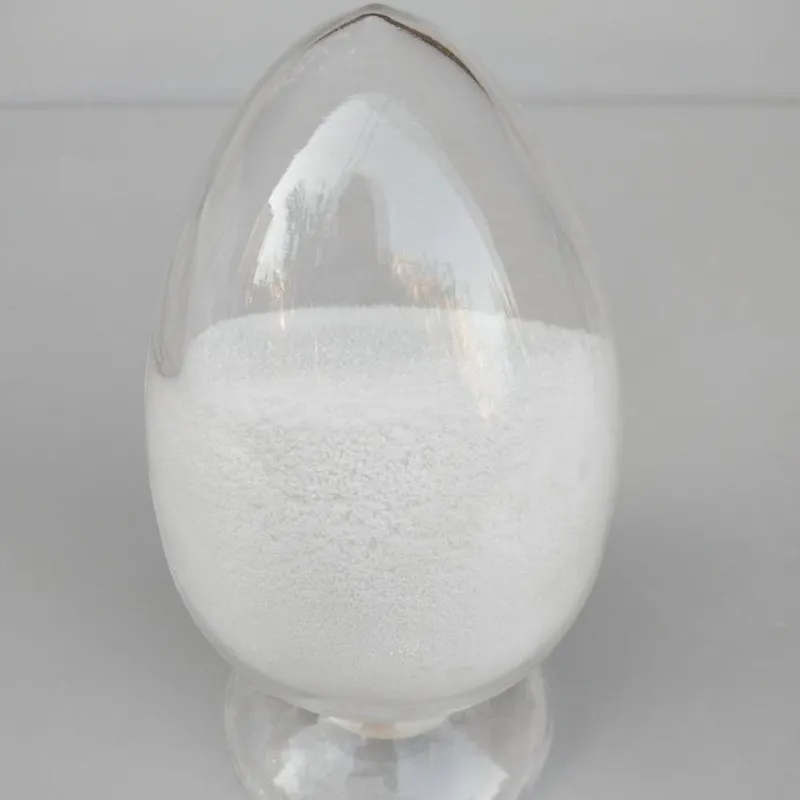
monosodium glutamate process
The Process of Producing Monosodium Glutamate (MSG)
Monosodium glutamate, commonly known as MSG, is a flavor enhancer that is widely used in culinary applications across the globe. It is particularly noted for its ability to enhance the umami flavor in foods, making dishes more savory and appealing. The production of MSG involves a series of biochemical processes, starting from the fermentation of sugars and ending with a purified crystallized product.
1. Raw Materials
The production of MSG begins with the selection of raw materials, typically carbohydrates such as sugarcane, corn, or molasses. These materials serve as the carbon source for the fermentation process. The choice of raw material can influence both the cost and the quality of the final product. The starches from these sources are broken down into simpler sugars, which can be further fermented by specific strains of bacteria.
2. Fermentation Process
The next step in the MSG production process is fermentation. This step is carried out using specific strains of bacteria such as *Corynebacterium glutamicum*. These bacteria possess the unique ability to convert sugars into glutamic acid, the precursor to MSG. The fermentation environment is carefully controlled, with optimal temperature, pH, and oxygen levels being maintained to favor the growth of the bacteria and maximize glutamic acid production.
During fermentation, the bacteria metabolize these simple sugars, leading to the accumulation of glutamic acid in the fermentation broth. This process can take anywhere from 24 to 72 hours, depending on the specific conditions and bacterial strain used. Monitoring the fermentation process is crucial, as it ensures that the bacteria function effectively and the yield of glutamic acid is maximized.
Once fermentation is complete, the broth contains a significant concentration of glutamic acid, but it also includes various by-products and residual biomass from the bacterial growth. To isolate glutamic acid, the next stage involves a series of purification steps.
monosodium glutamate process

The first step typically involves centrifugation, where the biomass is separated from the liquid containing the glutamic acid. After the separation, the liquid is subjected to pH adjustment and filtration to remove any remaining impurities. The glutamic acid can then be crystallized through cooling and evaporation processes. This results in the formation of high-purity glutamic acid crystals.
4. Neutralization and Crystallization of MSG
The purified glutamic acid is then neutralized with sodium hydroxide or sodium carbonate. This neutralization process leads to the formation of monosodium glutamate, which is more stable and has better solubility than its parent compound, glutamic acid.
Following neutralization, the MSG solution undergoes crystallization by controlled evaporation and cooling. This crystallization process is crucial for obtaining a high-purity product that meets both regulatory and consumer standards. The resulting crystals are then filtered out, dried, and packaged for distribution.
5. Quality Assurance and Packaging
Quality control is a fundamental aspect of MSG production. Throughout the production process, samples are continuously tested to ensure that they meet necessary food safety and quality standards. This includes testing for purity, taste, and absence of contaminants.
After passing quality assurance tests, the MSG is packaged in moisture-proof materials to maintain its quality during storage and transportation. Proper packaging also protects the product from external factors that might lead to degradation.
Conclusion
The production of monosodium glutamate is a complex, multi-step process that transforms raw materials into a widely used flavor enhancer. From fermentation through to crystallization, each step is meticulously controlled to ensure the final product is of high quality and safe for consumption. MSG not only improves the taste of a wide variety of dishes but also plays a significant role in many culinary traditions worldwide. As the demand for natural flavor enhancers grows, understanding the processes behind MSG production becomes increasingly important for consumers and manufacturers alike.
-
Aluminum Hydroxide: Quality Gels & Dried Gel AntacidNewsAug.31,2025
-
Buy High-Quality Trichloroisocyanuric Acid for Sale | TCCA 90% SupplierNewsAug.30,2025
-
Pure Sodium Dichloroisocyanurate Dihydrate | Powerful DisinfectantNewsAug.29,2025
-
Industrial Chemicals: Quality & Purity for Every IndustryNewsAug.28,2025
-
Nitrile Rubber Honoring Strict Production StandardsNewsAug.22,2025
-
Aspartame Ingredients Honoring Food Safety ValuesNewsAug.22,2025
-
Fertilizer for Balanced Plant NutritionNewsAug.22,2025
Hebei Tenger Chemical Technology Co., Ltd. focuses on the chemical industry and is committed to the export service of chemical raw materials.
-

view more DiethanolisopropanolamineIn the ever-growing field of chemical solutions, diethanolisopropanolamine (DEIPA) stands out as a versatile and important compound. Due to its unique chemical structure and properties, DEIPA is of interest to various industries including construction, personal care, and agriculture. -

view more TriisopropanolamineTriisopropanolamine (TIPA) alkanol amine substance, is a kind of alcohol amine compound with amino and alcohol hydroxyl, and because of its molecules contains both amino and hydroxyl. -

view more Tetramethyl Thiuram DisulfideTetramethyl thiuram disulfide, also known as TMTD, is a white to light-yellow powder with a distinct sulfur-like odor. It is soluble in organic solvents such as benzene, acetone, and ethyl acetate, making it highly versatile for use in different formulations. TMTD is known for its excellent vulcanization acceleration properties, which makes it a key ingredient in the production of rubber products. Additionally, it acts as an effective fungicide and bactericide, making it valuable in agricultural applications. Its high purity and stability ensure consistent performance, making it a preferred choice for manufacturers across various industries.





